The architectural world is a diverse and constantly evolving landscape, with new trends and innovative designs emerging every day. One design element that has gained popularity in recent years is the curved facade. This unique architectural feature is a stunning addition to any building, adding a sense of fluidity, movement, and modernity. Curved facades have been used in a variety of buildings, from residential homes to commercial skyscrapers, and their appeal lies in their ability to create a sense of dynamism and visual interest. One of the key advantages of a curved facade is its ability to stand out from the surrounding buildings. In a sea of straight lines and right angles, a curved facade can create a unique focal point that draws the eye and captures attention. This design feature is particularly effective in urban environments, where buildings compete for visibility and distinction. By incorporating a curved facade into a building’s design, architects can create a sense of individuality and identity that sets it apart from its neighbors. Beyond its aesthetic appeal, a curved facade also offers practical benefits.
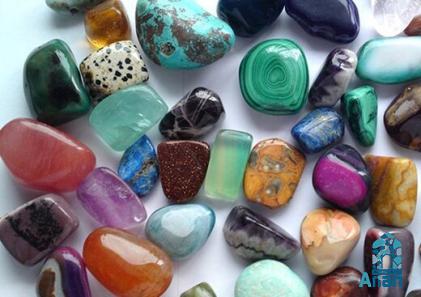
.
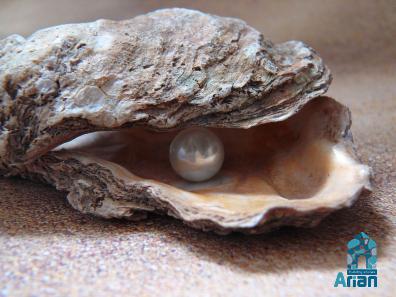 By curving the facade of a building, architects can create interesting and dynamic spaces that are both functional and visually striking. Curved facades can help to optimize natural light and ventilation, creating a more comfortable and enjoyable indoor environment. Additionally, the curvature of the facade can help to reduce solar heat gain, improving energy efficiency and reducing heating and cooling costs. One of the most iconic examples of a curved facade can be found in the Guggenheim Museum in New York City. Designed by renowned architect Frank Lloyd Wright, the museum’s spiraling ramp and curved walls create a sense of movement and flow that is both visually stunning and functional. The building’s curved facade has become a symbol of modern architecture and a testament to the power of innovative design. In addition to its practical benefits, a curved facade can also have a profound psychological impact on those who experience it. Studies have shown that curved shapes can evoke feelings of calmness, tranquility, and creativity in people, making them an ideal choice for architectural design. By incorporating a curved facade into a building’s design, architects can create a space that is not only visually appealing but also emotionally engaging. One of the most striking aspects of a curved facade is its ability to create a sense of movement and flow. Unlike the rigid lines of a straight facade, a curved facade can sweep and curve in graceful arcs, creating a sense of dynamism and energy. This movement is not only visually captivating but can also help to create a sense of continuity and connection within a building. By incorporating a curved facade into a building’s design, architects can create a space that feels alive and dynamic, inviting people to explore and interact with it.
By curving the facade of a building, architects can create interesting and dynamic spaces that are both functional and visually striking. Curved facades can help to optimize natural light and ventilation, creating a more comfortable and enjoyable indoor environment. Additionally, the curvature of the facade can help to reduce solar heat gain, improving energy efficiency and reducing heating and cooling costs. One of the most iconic examples of a curved facade can be found in the Guggenheim Museum in New York City. Designed by renowned architect Frank Lloyd Wright, the museum’s spiraling ramp and curved walls create a sense of movement and flow that is both visually stunning and functional. The building’s curved facade has become a symbol of modern architecture and a testament to the power of innovative design. In addition to its practical benefits, a curved facade can also have a profound psychological impact on those who experience it. Studies have shown that curved shapes can evoke feelings of calmness, tranquility, and creativity in people, making them an ideal choice for architectural design. By incorporating a curved facade into a building’s design, architects can create a space that is not only visually appealing but also emotionally engaging. One of the most striking aspects of a curved facade is its ability to create a sense of movement and flow. Unlike the rigid lines of a straight facade, a curved facade can sweep and curve in graceful arcs, creating a sense of dynamism and energy. This movement is not only visually captivating but can also help to create a sense of continuity and connection within a building. By incorporating a curved facade into a building’s design, architects can create a space that feels alive and dynamic, inviting people to explore and interact with it.
..
 The use of curved facades in architectural design is a versatile and exciting trend that shows no signs of slowing down. From cutting-edge skyscrapers to sleek residential homes, curved facades are finding their way into a wide range of buildings, bringing beauty, innovation, and functionality to the built environment. Whether you’re a developer looking to create a statement piece or an architect searching for a new design challenge, the curved facade is a feature that is sure to impress and inspire. The appeal of curved facades lies in their ability to transform a building from a static structure into a dynamic and expressive work of art. The organic curves and flowing lines of a curved facade can soften the harshness of traditional architecture, creating a more welcoming and aesthetically pleasing environment. This design element has the power to evoke emotions, spark creativity, and leave a lasting impression on those who experience it. One of the reasons why curved facades are so captivating is their ability to play with light and shadow in unique ways. The curves of a facade can catch and reflect light at different angles, creating ever-changing patterns and textures throughout the day. This interplay of light and shadow can give a building a sense of depth and dimension, making it appear more dynamic and visually interesting. The use of curved facades in architecture allows for a more holistic and immersive experience, as the building interacts with its surroundings and the natural elements in a harmonious way. From a technical standpoint, designing and constructing a curved facade can present challenges due to the complex geometry involved. However, advancements in technology and materials have made it easier than ever to bring these innovative designs to life.
The use of curved facades in architectural design is a versatile and exciting trend that shows no signs of slowing down. From cutting-edge skyscrapers to sleek residential homes, curved facades are finding their way into a wide range of buildings, bringing beauty, innovation, and functionality to the built environment. Whether you’re a developer looking to create a statement piece or an architect searching for a new design challenge, the curved facade is a feature that is sure to impress and inspire. The appeal of curved facades lies in their ability to transform a building from a static structure into a dynamic and expressive work of art. The organic curves and flowing lines of a curved facade can soften the harshness of traditional architecture, creating a more welcoming and aesthetically pleasing environment. This design element has the power to evoke emotions, spark creativity, and leave a lasting impression on those who experience it. One of the reasons why curved facades are so captivating is their ability to play with light and shadow in unique ways. The curves of a facade can catch and reflect light at different angles, creating ever-changing patterns and textures throughout the day. This interplay of light and shadow can give a building a sense of depth and dimension, making it appear more dynamic and visually interesting. The use of curved facades in architecture allows for a more holistic and immersive experience, as the building interacts with its surroundings and the natural elements in a harmonious way. From a technical standpoint, designing and constructing a curved facade can present challenges due to the complex geometry involved. However, advancements in technology and materials have made it easier than ever to bring these innovative designs to life.
…
 Architects and engineers can now use digital modeling software and advanced construction techniques to create curved facades that are both structurally sound and visually striking. Materials such as glass, steel, and composites can be manipulated and shaped to form elegant curves and sweeping arcs, allowing for endless creative possibilities in architectural design. One of the key benefits of a curved facade is its ability to create a sense of continuity and flow within a building. The smooth, uninterrupted lines of a curved facade can guide the eye seamlessly from one end of the building to the other, creating a sense of cohesion and unity. This design feature is particularly effective in buildings with multiple levels or complex layouts, as the curved facade can help to tie different elements together and create a sense of wholeness. By incorporating a curved facade into a building’s design, architects can create a space that feels cohesive, connected, and harmonious. Beyond its aesthetic and functional benefits, a curved facade can also have a positive impact on the environment. By optimizing natural light and ventilation, curved facades can help to reduce the energy consumption of a building and create a more sustainable and eco-friendly space. The curvature of the facade can also help to deflect wind and rain, minimizing the impact of harsh weather conditions and improving the overall durability and longevity of the building. By incorporating sustainable design principles into the creation of curved facades, architects can create buildings that are not only beautiful but also environmentally responsible. In conclusion, the use of curved facades in architectural design is a trend that is here to stay. From their ability to create a sense of movement and flow to their practical benefits in terms of energy efficiency and sustainability, curved facades offer a multitude of advantages for both designers and building occupants. Whether used in residential, commercial, or public buildings, curved facades have the power to transform a space into a work of art that is both functional and visually stunning. Embracing the beauty and innovation of curved facades is a bold and exciting choice that can elevate any building design to new heights of creativity and sophistication.
Architects and engineers can now use digital modeling software and advanced construction techniques to create curved facades that are both structurally sound and visually striking. Materials such as glass, steel, and composites can be manipulated and shaped to form elegant curves and sweeping arcs, allowing for endless creative possibilities in architectural design. One of the key benefits of a curved facade is its ability to create a sense of continuity and flow within a building. The smooth, uninterrupted lines of a curved facade can guide the eye seamlessly from one end of the building to the other, creating a sense of cohesion and unity. This design feature is particularly effective in buildings with multiple levels or complex layouts, as the curved facade can help to tie different elements together and create a sense of wholeness. By incorporating a curved facade into a building’s design, architects can create a space that feels cohesive, connected, and harmonious. Beyond its aesthetic and functional benefits, a curved facade can also have a positive impact on the environment. By optimizing natural light and ventilation, curved facades can help to reduce the energy consumption of a building and create a more sustainable and eco-friendly space. The curvature of the facade can also help to deflect wind and rain, minimizing the impact of harsh weather conditions and improving the overall durability and longevity of the building. By incorporating sustainable design principles into the creation of curved facades, architects can create buildings that are not only beautiful but also environmentally responsible. In conclusion, the use of curved facades in architectural design is a trend that is here to stay. From their ability to create a sense of movement and flow to their practical benefits in terms of energy efficiency and sustainability, curved facades offer a multitude of advantages for both designers and building occupants. Whether used in residential, commercial, or public buildings, curved facades have the power to transform a space into a work of art that is both functional and visually stunning. Embracing the beauty and innovation of curved facades is a bold and exciting choice that can elevate any building design to new heights of creativity and sophistication.
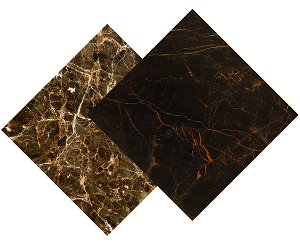



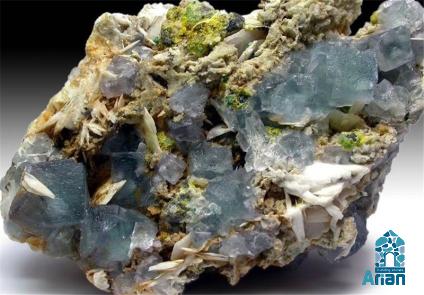
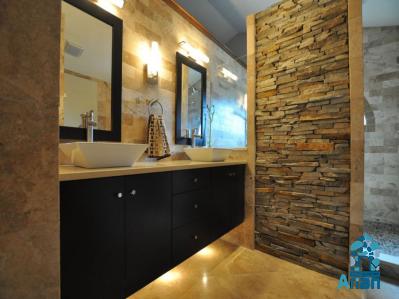
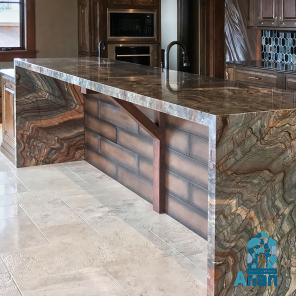
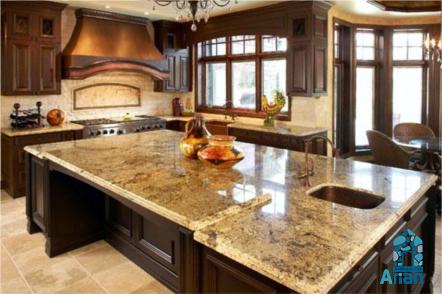


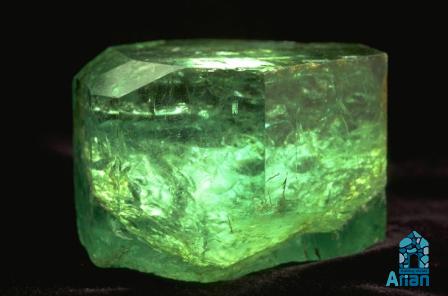
Your comment submitted.